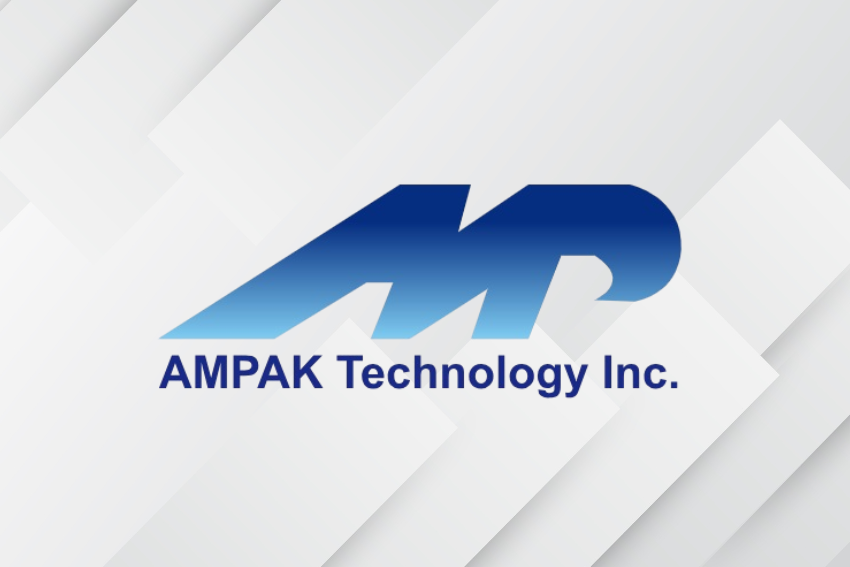Ampak Technology has carved a niche in the wireless communication industry, producing cutting-edge Wi-Fi, Bluetooth, and GNSS modules that power a wide range of devices, from smartwatches to industrial IoT systems. With over two decades of experience, this Taiwanese company specializes in compact, energy-efficient wireless solutions that promise seamless connectivity.

But the question emerges for consumers and businesses alike: is Ampak Technology’s hardware worth the price? In this detailed review, we’ll dive into their product offerings, performance, reliability, and value proposition to help you decide.
Who Is Ampak Technology?
Founded in 2000 and headquartered in Hsinchu, Taiwan, Ampak Technology is a leader in wireless communication modules and IoT solutions. The company focuses on designing and manufacturing compact radio modules that enable Wi-Fi, Bluetooth, and GNSS connectivity for consumer electronics, industrial applications, and smart home devices.
Their partnerships with industry giants like Synaptics, Broadcom, and Amlogic underscore their commitment to innovation and quality. Ampak’s products are known for their small form factors, low power consumption, and compatibility with a range of operating systems, including Windows, Android, Linux, and RTOS.
What Does Ampak Technology Offer?
Ampak Technology’s product portfolio is diverse, catering to various industries, including smart home, healthcare, automotive, and industrial automation. Their key offerings include:
- Wi-Fi Modules: These provide high-speed, reliable wireless connectivity, often integrated with Synaptics’ ICs for enhanced performance. They support standards like 802.11ac and Wi-Fi 6E, ensuring compatibility with modern networks.
- Bluetooth Modules: Designed for low-power applications, these modules are ideal for wearable, smart speakers, and IoT devices, offering seamless data transfer and connectivity.
- GNSS Modules: Used in navigation devices, these modules deliver pinpoint accuracy for applications like car GPS systems and industrial tracking.
- System-in-Package (SiP) Solutions: Ampak’s advanced packaging technology results in ultra-compact modules (as small as 6.5mm x 5mm) that combine Wi-Fi, Bluetooth, and GNSS capabilities, making them perfect for space-constrained devices.
- IoT Modules: These integrate Wi-Fi and microcontrollers (like ARM M4) to support smart home devices, security cameras, and industrial automation systems.
Their modules are designed to operate in harsh environments, with industrial-grade temperature ranges (-30°C to +85°C) and compatibility with interfaces like SDIO, I²C, PCIe, USB, and UART.
Performance and Reliability
Ampak Technology’s hardware stands out for its performance, driven by strategic partnerships with Synaptics and other chipmakers. By leveraging Synaptics’ IC technology, Ampak ensures high interoperability with access points and gateways, reducing connectivity issues. Their modules are optimized for low power consumption, which is critical for battery-powered devices like wearables and IoT sensors. For example, their support for Target Wake Time (TWT) allows devices to connect at scheduled intervals, reducing battery drain and network congestion.
In terms of reliability, Ampak conducts extensive high-frequency safety testing to meet global regulatory standards, ensuring their modules perform consistently across regions. Their reputation for quality is further bolstered by a 2023 award from APAC CIO Outlook, recognizing them as a top IoT solutions provider.
However, some users have reported challenges identifying Ampak devices on their networks, as the company’s modules are often embedded in third-party products, appearing as “unknown” devices on routers. This isn’t a performance issue but can cause confusion for non-technical users. Checking the device’s MAC address can confirm if it’s an Ampak-powered product.
Is the Price Justified?
Ampak Technology’s hardware isn’t marketed directly to consumers but is integrated into devices like smart TVs, security cameras, and industrial equipment. This makes direct pricing tricky to pin down, as costs are often absorbed by manufacturers. However, Ampak emphasizes cost-effective delivery by monitoring market trends and lead times, ensuring competitive pricing for their partners.
For businesses, Ampak’s modules offer a compelling value proposition. Their compact size and low power consumption reduce production costs and extend device lifespans, particularly for IoT applications. The integration of cutting-edge technologies like Wi-Fi 6E and 5G positions Ampak’s hardware as future-proof, potentially justifying higher upfront costs for manufacturers.
For end-users, the value depends on the device. If you’re buying a smart home gadget or wearable powered by Ampak, you’re likely benefiting from their reliable connectivity without realizing it. The lack of consumer-facing branding means you’re not paying a premium for the Ampak name, unlike with household names like Qualcomm or MediaTek. However, if a device’s price seems inflated, it’s worth researching whether Ampak’s module is a key component or if other factors (e.g., brand markup) are driving the cost.
Pros and Cons of Ampak Technology Hardware
Pros
- Compact Design: Ultra-small SiP modules fit into space-constrained devices.
- Low Power Consumption: Ideal for battery-powered IoT and wearable devices.
- High Interoperability: Synaptics’ ICs ensure seamless connectivity with modern networks.
- Future-Proof Technology: Support for Wi-Fi 6E, 5G, and Matter protocol keeps devices relevant.
- Industrial-Grade Durability: Operates reliably in extreme temperatures (-30°C to +85°C).
Cons
- Lack of Consumer Recognition: Ampak’s branding isn’t prominent, leading to confusion when devices appear as “unknown” on networks.
- Pricing Transparency: Costs are embedded in third-party products, making it hard to assess value directly.
- Limited Direct Support: As a B2B supplier, end-users may struggle to access technical support.
Real-World Applications
Ampak Technology’s hardware powers a wide range of devices, making it a silent but critical player in modern tech. Some notable applications include:
- Smart Home Devices: From smart speakers to security cameras, Ampak’s Wi-Fi and Bluetooth modules enable seamless connectivity.
- Wearables: Fitness trackers and smartwatches rely on Ampak’s low-power Bluetooth modules for syncing data.
- Industrial IoT: Sensors and automation systems use Ampak modules for reliable data exchange in factories and warehouses.
- Automotive: GNSS modules provide accurate navigation for car GPS systems.
Their focus on IoT solutions aligns with the growing demand for connected devices, with innovations like Matter protocol support ensuring compatibility with next-gen smart home ecosystems.
Comparing Ampak to Competitors
Ampak Technology competes with companies like MediaTek, Qualcomm, and Broadcom in the wireless module space. While MediaTek and Qualcomm are more consumer-recognizable, Ampak’s strength lies in its niche focus on compact, low-power modules for IoT and industrial applications. MediaTek, for example, dominates in broadband and consumer electronics but may not offer the same level of customization for industrial use.
Broadcom, a key Ampak partner, provides similar Wi-Fi and Bluetooth solutions but often at a higher cost. Ampak’s ability to deliver cost-effective, scalable solutions gives it an edge for manufacturers prioritizing affordability without sacrificing performance.
Is Ampak Technology Worth It?
So, is Ampak Technology’s hardware worth the price? For manufacturers and developers, the answer is a resounding yes. Their modules’ compact design, low power consumption, and support for cutting-edge standards like Wi-Fi 6E make them a smart investment for IoT and smart home applications. The industrial-grade durability and extensive testing further enhance their value, particularly for demanding environments.
For consumers, the value is less direct but still significant. If you own a device powered by Ampak Technology, you’re likely benefiting from reliable, efficient connectivity without a premium price tag. The main caveat is the lack of brand visibility, which can make it hard to attribute performance to Ampak specifically.
Conclusion
Ampak Technology may not be a household name, but their wireless modules are the unsung heroes behind many of today’s connected devices. With a focus on compact design, low power consumption, and future-proof technology, Ampak delivers reliable, high-performance hardware for a range of applications. While pricing is less transparent for end-users, their cost-effective approach and industry recognition suggest strong value for manufacturers. If you’re a developer or business looking for scalable IoT solutions, Ampak Technology’s hardware is well worth considering. For consumers, rest assured that Ampak-powered devices are likely delivering excellent connectivity at a fair price.





